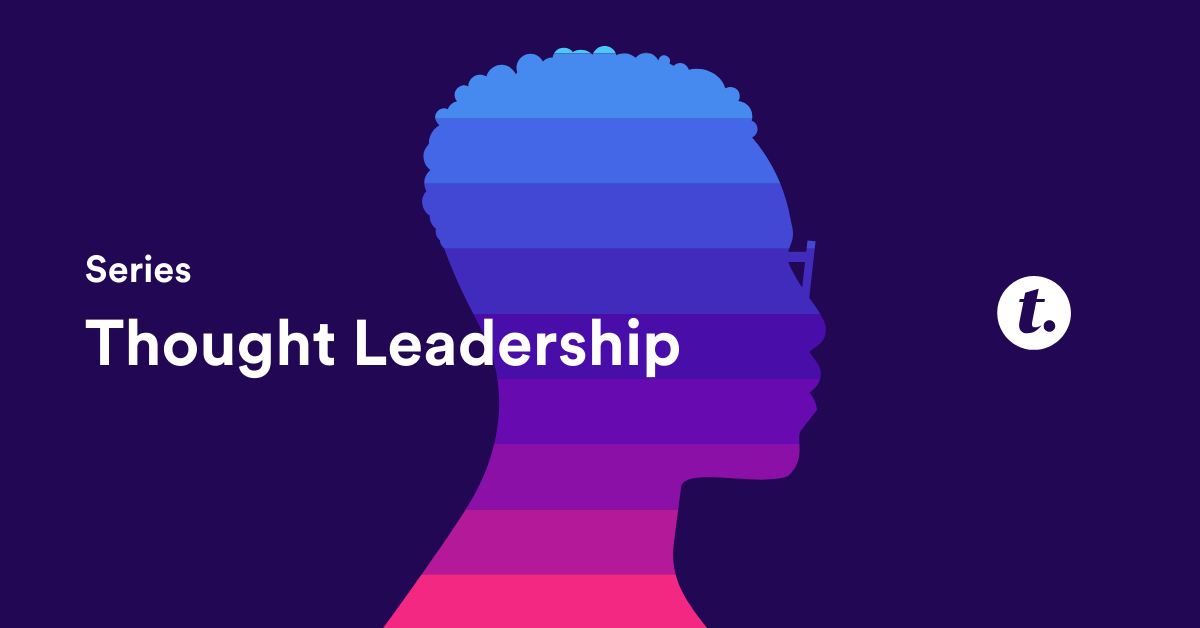
In today’s dynamic workplace, the interplay of multiple generations—from Baby Boomers to Gen Z—creates a unique melting pot of experiences, perspectives, and expectations. Each generation brings unique strengths and challenges shaped by distinct cultural, technological, and societal influences. As organizations of all kinds and sizes strive to foster a cohesive and productive work environment, understanding and addressing these generational nuances become paramount.
HR teams stand at the forefront of this effort, tasked with developing strategies that resonate across age groups with varying preferences and processes. This involves more than accommodating differing priorities; it’s about deeply understanding how each generation consumes information, processes new ideas, and adapts to technological advancements.
Traditional approaches may still hold sway for Baby Boomers (born 1946–1964), whose formative years were marked by hierarchical structures and face-to-face communication. Meanwhile, Gen Xers (born 1965–1980), often characterized by their independence and resourcefulness, may appreciate straightforward, no-nonsense interactions. Millennials (born 1981–1996), who grew up in the digital age, often value flexibility, collaboration, and rapid access to information. Gen Z (born 1997–2012), the true digital natives, are adept at leveraging technology and seeking purpose and authenticity in their professional lives.
In this piece, we will explore the differences and commonalities between generations so HR teams can effectively engage and support each generation in the workplace. By aligning communication styles, learning methods, and technological tools with generational preferences, organizations can enhance employee morale and drive successful business outcomes.
Let’s look deeper at the generational divides and unlock the full potential of a diverse workforce.
The Data Shows All
In March 2024, my company, Seismic, the global leader in enablement, conducted a comprehensive survey of nearly 2,000 managers and senior leadership professionals across marketing, sales, enablement, and customer success roles. This survey spanned the United States, the United Kingdom, France, Germany, and Australia, aiming to gain insights into their enablement strategies, impacts, challenges, and go-to-market (GTM) processes, focusing on the differences across the four generations in today’s workforce. While the study focuses on GTM teams and processes and enablement technology, the findings surrounding the various generations and their characteristics are insightful for leaders across all industries, especially as technology becomes embedded in how we work.
The survey revealed distinct preferences and challenges for each generation, yet it also highlighted several commonalities. For example, managers observed that employees across all generations face similar challenges adapting to new workplace technology. Furthermore, 91% reported that these tools significantly enhance their ability to provide a better customer experience. Additionally, 79% of respondents indicated that just-in-time knowledge tools play a crucial role in facilitating the overall adoption of digital tools. These insights underscore the importance of addressing the unique needs and shared challenges of a multi-generational workforce and uncover key insights into how employees interact with today’s tools and problem-solve within teams.
Closing the Gap with Tailored Learning
Successfully implementing any new technology requires a tailored approach to accommodate the diverse needs of different generations in the workforce. A significant 89% of respondents agree that offering a variety of learning and training experiences encourages different generations to adapt more seamlessly and confidently to navigate new platforms and tools.
Respondents recommended several methods for addressing challenges in adopting new digital tools and enhancing their usage. 92% favored personalized tutorials, while 87% preferred one-on-one training. Additionally, 79% suggested utilizing just-in-time knowledge tools, and 78% highlighted the importance of AI-powered technology, such as AI-generated lessons or quizzes.
Examining the preferred learning formats across generations, all groups except Boomers preferred personalized tutorials. In contrast, Boomers equally favored one-on-one training, indicating they may prefer diverse learning approaches if tailored to their specific needs. This preference suggests a potential reluctance among Boomers toward one-size-fits-all mass training methods.
Moreover, there is a broad consensus on the need for technology-supporting various learning experiences. A significant 89% of respondents agree that businesses must offer diverse training options often powered by technology, and 82% prioritize employers with development and upskilling opportunities when considering new job opportunities. This data underscores the importance for HR teams to incorporate flexible, tech-driven learning solutions (e.g., enablement) that cater to the diverse needs of their multi-generational workforce.
To fully benefit from tech-driven learning solutions, it’s essential for teams to actively embrace and integrate them into their organization’s tech stack. Enablement aims to dismantle silos and unify teams, but successful adoption of enablement technology within the organization is crucial for making significant progress. Understanding the barriers to adopting enablement technology and implementing the aforementioned solutions will position organizations for success. Looking ahead, 92% of respondents anticipate a demand increase for strategic enablement in the next five years, with 49% predicting a significant increase.
The Gift that Keeps on Giving: Attracting and Retaining Talent
Survey participants overwhelmingly believe that tech-driven learning solutions significantly enhance job performance, streamline tasks, and boost productivity. Beyond immediate benefits, this technology also plays a pivotal role in shaping career paths; 84% of users credit the strategic use of enablement tools for their professional success, highlighting improved decision-making, increased productivity, and a sharper competitive edge. Moreover, an equal percentage express higher job satisfaction, illustrating how these tools contribute to career advancement and fulfillment.
Regarding future career moves, 82% of respondents prioritize supportive internal systems and development opportunities. Sales executives show a particularly strong preference in this regard, likely due to the critical role of meeting sales targets, which enablement tools are known to facilitate. Notably, 52% of respondents state they would avoid working for a company that doesn’t use enablement tools — a notable increase from 48% in 2023.
The data underscores how technology adds value to the employee experience across generations: it’s making your current employees’ (of all generations) lives easier and affirming your commitment to future employees that you have the solutions and workflows they want and will significantly increase their productivity.
Extending the Insights to All Adoption Efforts
While much of our data is specific to AI-powered enablement tools, HR leaders across the board can glean valuable insights from the cross-generational and various industry responses. While the differences in our workforces may create more processes and strategies than ever, the commonalities show our workforce is still very committed and driven when provided with the right setting and tools. HR leaders can enhance employee engagement and drive sustained organizational success by integrating varied learning formats, ensuring adoption from the outset, and steering clear of one-and-done technology purchases.
About The Author

Linda Ho is the Chief People Officer at Seismic. She is an accomplished business executive with 20+ years of experience enabling global high-tech organizations to achieve profitable and cultural success through organizational vision, strategy, and team effectiveness. Before joining Seismic, Linda spent 14 years in various HR leadership roles at Autodesk, focused on the intersection of employee experience and business strategy. Outside the office, Linda serves as a senior faculty member for the Josh Bersin Academy, a global professional development academy for HR practitioners.
Join us in engaging conversations and community as we transform the now and next of work together at Transform 2025.
